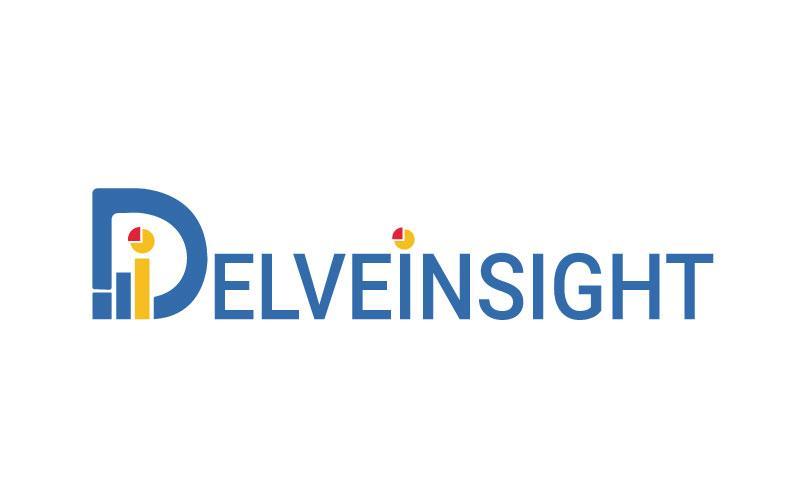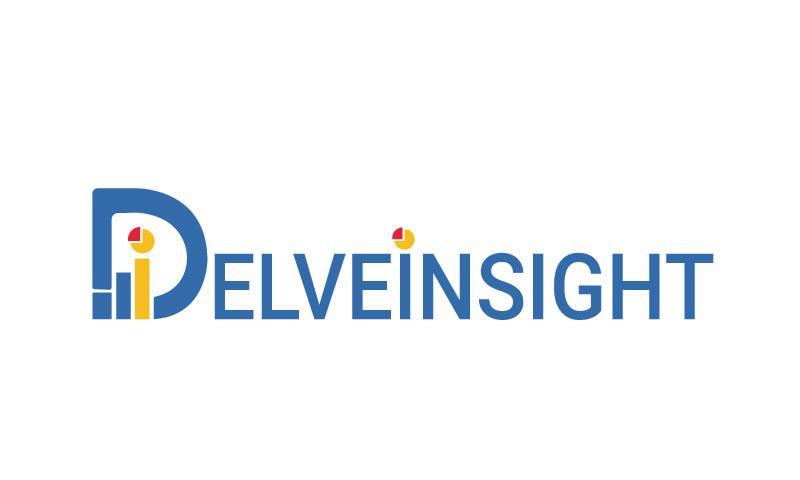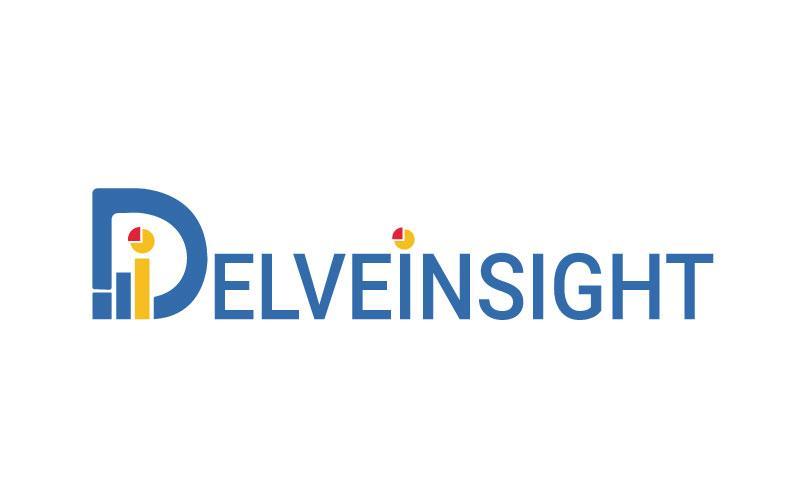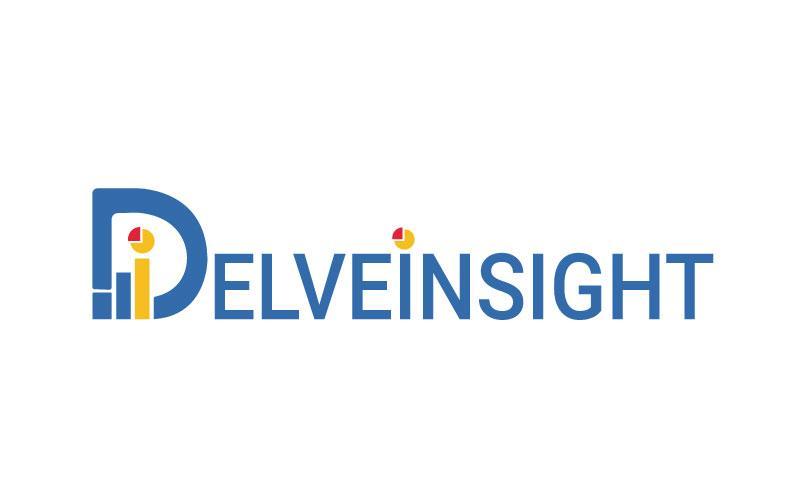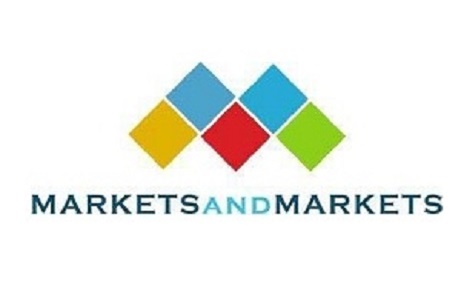
Unpacking the Growth and Innovation in the Recombinant Proteins Market
The recombinant proteins market is one of the most dynamic and fast-growing segments within biotechnology and life sciences, driven by its transformative applications across medical research, therapeutics, agriculture, and diagnostics. Recombinant proteins—produced through genetic engineering techniques—are invaluable due to their high specificity, consistency, and ability to be modified for various uses. From insulin and growth hormones to monoclonal antibodies and vaccines, recombinant proteins play a central role in modern healthcare, research, and industry. This blog delves into the growth factors, technological advancements, market drivers, and the future outlook of the recombinant proteins market.
Download an Illustrative overview: https://www.marketsandmarkets.com/pdfdownloadNew.asp?id=70095015
1. Understanding Recombinant Proteins: What Are They?
Recombinant proteins are proteins encoded by recombinant DNA, which involves combining DNA sequences that would not naturally occur together. Scientists use this technology to insert specific genes into host cells (bacteria, yeast, or mammalian cells), which then produce the target protein. These proteins are harvested and purified for use across various applications, including:
- Therapeutics: Treatment of diseases such as diabetes, cancer, and immune disorders.
- Diagnostics: Detection of diseases, including infectious diseases and genetic conditions.
- Research: Use as tools in basic science to study cellular mechanisms, gene function, and protein interactions.
- Industrial Applications: Use in the production of enzymes for detergents, food processing, and agriculture.
By harnessing genetic engineering, recombinant proteins enable the production of large quantities of proteins with high purity, making them ideal for medical and commercial applications.
2. Key Drivers of the Recombinant Proteins Market
The recombinant proteins market has experienced rapid expansion due to several critical drivers:
a) Rising Demand for Biopharmaceuticals
Biopharmaceuticals, which include recombinant proteins like monoclonal antibodies and hormones, represent a growing sector in drug development. The global demand for biologic drugs is expanding, particularly for therapeutic proteins used in treating chronic diseases like diabetes, cancer, and autoimmune disorders. Due to their targeted efficacy and reduced side effects, recombinant proteins have become a cornerstone of modern biopharmaceuticals.
b) Advancements in Genetic Engineering and Biotechnology
Recent advancements in genetic engineering and biotechnology have made recombinant protein production more efficient, cost-effective, and scalable. Techniques like CRISPR gene editing and synthetic biology have streamlined the creation of recombinant proteins, allowing for greater customization and application in complex diseases. Additionally, improvements in cell culture systems and expression hosts (like yeast and mammalian cells) have increased yield and reduced production time.
c) Expanding Applications in Diagnostics and Personalized Medicine
With the rise of personalized medicine, recombinant proteins are increasingly used in diagnostic tests and targeted therapies. For example, recombinant proteins aid in creating diagnostic assays for conditions like HIV, hepatitis, and cancer. The precision offered by recombinant proteins aligns well with the goals of personalized medicine, which seeks to provide customized treatment based on individual genetic and molecular profiles.
d) Government Funding and Industry Collaborations
Governments and private entities worldwide are investing significantly in the recombinant proteins market. This funding supports research and development, infrastructure improvement, and regulatory compliance, accelerating innovation in recombinant protein production. Moreover, collaborations between academia, biotechnology firms, and pharmaceutical companies have spurred groundbreaking innovations in recombinant protein technologies.
e) Increasing Need for Research Tools and Reagents
In scientific research, recombinant proteins are invaluable tools for investigating cellular processes, signaling pathways, and disease mechanisms. Researchers rely on high-quality recombinant proteins to study protein interactions, enzyme functions, and molecular pathways. This demand has led to a robust market for recombinant protein reagents, particularly in academic and industrial research settings.
3. Technological Innovations Shaping the Market
As the market matures, several technological innovations are playing a pivotal role in enhancing recombinant protein production:
a) Advanced Expression Systems
Choosing an expression system—such as bacterial, yeast, insect, or mammalian cells—is crucial in recombinant protein production. Recent advances have optimized these systems to achieve higher yields, improved post-translational modifications, and better protein quality. For instance, mammalian cell lines like CHO (Chinese Hamster Ovary) cells are commonly used for complex proteins due to their ability to add human-like glycosylation, improving protein stability and efficacy.
b) CRISPR and Synthetic Biology
CRISPR gene-editing technology has revolutionized the field of genetic engineering, allowing precise modifications of host cells to optimize recombinant protein production. By manipulating specific genes in the expression host, scientists can increase protein yield, reduce production costs, and improve the stability of the final product. Synthetic biology, on the other hand, facilitates the design of entirely new proteins or optimized versions of existing ones, opening doors to new therapeutic possibilities.
c) Single-Use Bioreactors
Single-use bioreactors have gained traction in the biotechnology and pharmaceutical industries as they offer flexibility, reduce contamination risks, and lower costs. These bioreactors are particularly beneficial for small-scale, high-value protein production, allowing companies to quickly switch between different production lines.
d) Automated Downstream Processing
Downstream processing, which includes purification and formulation, is a critical stage in recombinant protein production. Automation in downstream processing helps streamline operations, reduce human error, and maintain product consistency, crucial for meeting regulatory standards. Innovations in chromatography, filtration, and centrifugation have also made purification more efficient, allowing for faster production of high-purity proteins.
e) Artificial Intelligence and Machine Learning
AI and machine learning are increasingly being used to optimize recombinant protein production by predicting protein structure, analyzing gene expression data, and enhancing process control. These technologies help researchers design better experiments, improve yield predictions, and reduce time-to-market for recombinant protein-based products.
4. Challenges in the Recombinant Proteins Market
Despite significant growth, the recombinant proteins market faces several challenges:
a) High Production Costs
Recombinant protein production involves complex and costly processes, from gene cloning to cell culture and purification. Additionally, mammalian cell cultures require precise environments and are expensive to maintain. While advancements are helping reduce costs, affordability remains an issue, particularly for small-scale producers.
b) Regulatory Compliance
Recombinant proteins, especially those used in therapeutics, must meet stringent regulatory requirements. Each protein must undergo rigorous testing to ensure safety, purity, and efficacy. Navigating these regulatory hurdles can be costly and time-consuming, particularly for startups and smaller biotechnology companies.
c) Patent and Intellectual Property Issues
The recombinant proteins market is heavily influenced by intellectual property rights and patents. While patents protect innovation, they can also limit competition and create monopolies, particularly for therapeutics. Companies must carefully navigate the complex IP landscape to avoid potential lawsuits or licensing issues.
d) Market Competition
The recombinant proteins market is highly competitive, with many established players and new entrants vying for market share. This competition drives innovation but can also lead to pricing pressures, particularly in the biopharmaceutical segment where multiple companies may produce similar products.
Request Sample Pages: https://www.marketsandmarkets.com/requestsampleNew.asp?id=70095015
5. The Future of the Recombinant Proteins Market
Looking ahead, the recombinant proteins market is likely to see growth driven by several emerging trends and opportunities:
a) Expansion in Developing Markets
The recombinant proteins market is expanding beyond traditional markets in North America and Europe, with emerging markets in Asia-Pacific and Latin America experiencing significant growth. Countries like China and India are increasing investments in biotechnology and life sciences, creating new opportunities for recombinant protein manufacturers.
b) Precision Medicine and Gene Therapy
The shift toward precision medicine and gene therapy represents a massive opportunity for recombinant proteins. As research advances in personalized healthcare, demand for customized therapeutic proteins will grow, creating opportunities for highly specialized recombinant protein products tailored to specific patient populations.
c) Integration of Multi-Omics Data
Multi-omics, including genomics, proteomics, and metabolomics, provides comprehensive insights into complex biological systems, aiding in recombinant protein design. Integrating multi-omics data with recombinant protein production could lead to the development of more effective and targeted therapeutics, enhancing personalized treatment options.
d) Sustainability in Production
The biopharmaceutical industry is moving towards more sustainable practices, including reducing resource usage and waste in recombinant protein production. Companies are exploring greener production methods, such as plant-based expression systems, which offer environmental benefits and have a lower carbon footprint.
e) Expansion of Non-Therapeutic Applications
Beyond therapeutics, recombinant proteins have broad applications in agriculture, industrial biotechnology, and food science. For instance, recombinant proteins are used in developing crop protection products, improving food production processes, and creating sustainable materials. These applications provide diversified revenue streams and broaden the market’s growth potential.
Conclusion
The recombinant proteins market is positioned for continued expansion, driven by technological advancements, the growing demand for biopharmaceuticals, and the global push for precision medicine. While challenges such as high costs and regulatory barriers remain, the market’s future is bright with innovations in genetic engineering, AI, and sustainable production methods. As recombinant proteins become increasingly essential in healthcare, agriculture, and industrial applications, they are set to shape the future of biotechnology and transform how we approach health, disease, and sustainable development.
Get 10% Free Customization on this Report: https://www.marketsandmarkets.com/requestCustomizationNew.asp?id=70095015
Media Contact
Company Name: MarketsandMarkets™ Research Private Ltd.
Contact Person: Mr. Aashish Mehra
Email: Send Email
Phone: 18886006441
Address:630 Dundee Road Suite 430
City: Northbrook
State: IL 60062
Country: United States
Website: https://www.marketsandmarkets.com/Market-Reports/recombinant-proteins-market-70095015.html
Press Release Distributed by ABNewswire.com
To view the original version on ABNewswire visit: Recombinant Proteins Market Trends (Latest ), Size, Share, Segmentation, Top Key Companies, Competitive Landscape & Forecast – 2028
